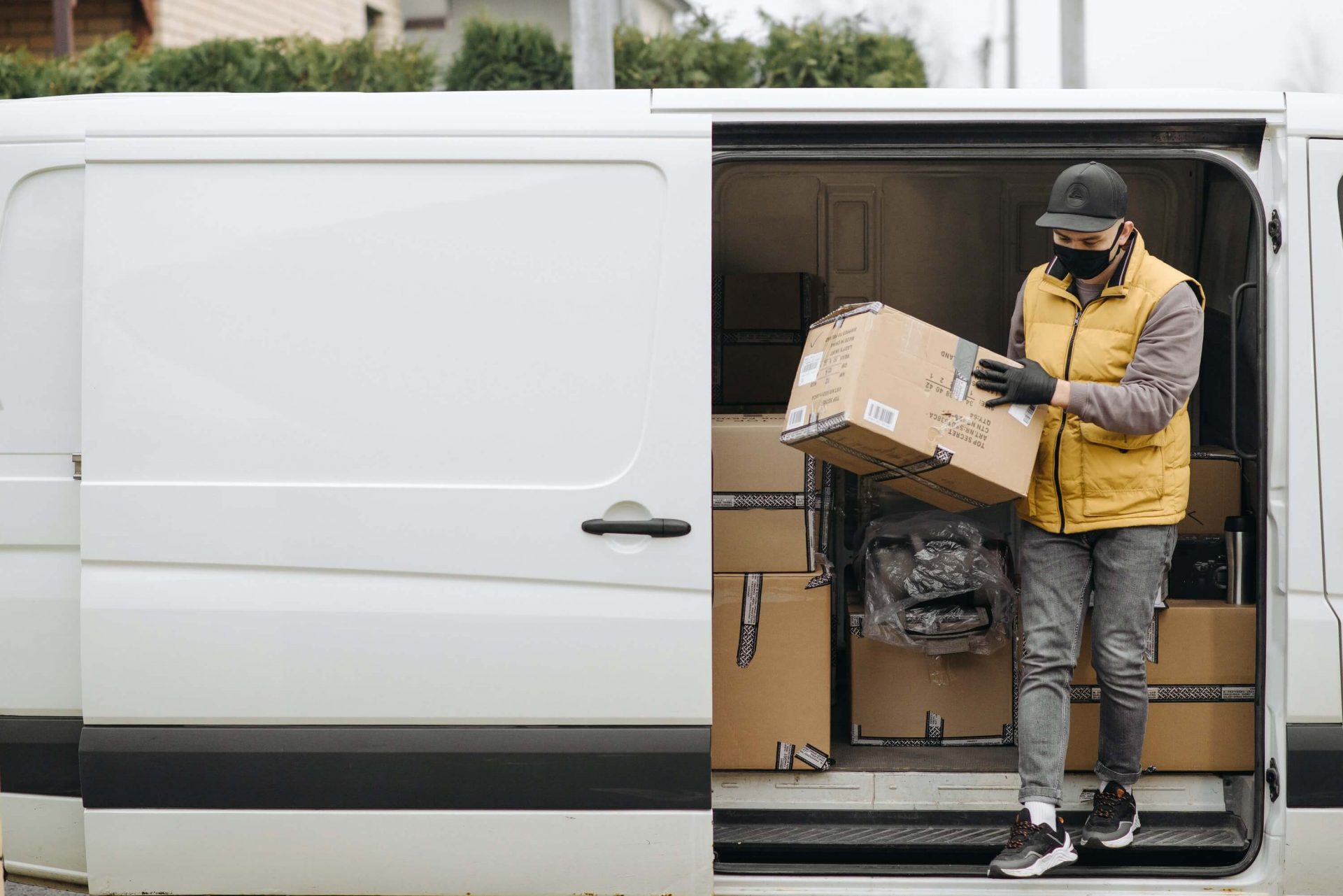Did you know? The most popular baby grand, Yamaha GB1K, ranges in price from $15,000 – $16,000. In light of this, a piano could easily be one of the most expensive possessions in your home. Even if you take monetary value out of the conversation, this musical instrument still holds sentimental worth that can never be bought.
And if you’re moving to a new place, you might be lost on how to haul your piano safely. Don’t worry, though. You’ll have four options by the end of this article.
But first things first:
How Hard Is It To Move A Piano?
Frankly speaking, there’s no easy way to move a piano. Whether it’s a standard upright or a baby grand, its sheer size, weight, irregular form, and delicate internal structure proves to be a challenge. A single accidental jolt can cause damage and render the instrument out of tune, or worse. That’s why you have to move a piano as if your life depends on it.
That said, below are ways on how to transport your piano to your new home.

1. DIY Moving
Before you proceed, know that moving a piano requires careful planning and ample manpower. That’s why it’s strongly advised to hire professional piano movers. However, if you really want to save money by doing the job yourself, here’s a step-by-step guide on how to do it:
- Rent a truck. One thing to remember when handling a moving truck is braking is harder after cargo is loaded. But if you’re hesitant about driving large vehicles, you can ask a close friend or family member to take the wheel for you.
- Gather supplies and purchase equipment. You can’t just lift a piano and load it straight to the truck. Here’s what you’ll need:
-
- Plenty of blanket for padding
- Several rolls of heavy-duty tape
- Piano skid board for a grand type
- Dolly for an upright piano
- Moving straps and tie-downs
- Ask a lot of friends for help. This isn’t a two-person lift-and-carry operation. One wrong move and the glorious days of your piano are over. You’ll need all the manpower you can get.
- Measure doorways, staircases, and corridors. Compare the dimensions with your piano to make sure it passes through without sustaining dents or scratches.
- Moving the piano. If it’s a baby grand, close the lid, secure it with movers wrap, and then remove the legs. Next, wrap the instrument with moving blankets. Once done, hoist it on the dolly or skid board and take it to the truck.
Pros: Gives you a sense of fulfillment by completing the job yourself.
Cons: Involves a lot of risks. Takes a lot of time and effort. It can also be expensive because of the equipment.
2. Hire Professional Piano Movers
After going over the DIY steps above, don’t you think it’s too much of a hassle? If you don’t want to add any more stress to your move, you should seriously consider enlisting professional help. Why?
- They have sufficient knowledge and experience. Practice makes perfect, and movers have been doing this job for years. They know how to execute the operation successfully.
- You can save more. No kidding. Imagine having to spend $150-500 on a skid board you’ll probably only use once or twice in your lifetime.
- Eliminates the possibilities of accidents and injuries. Admit it, you and your friends don’t have experience when it comes to piano moving. You guys could hurt your backs, strain your ankles, or worse, drop the piano on your feet. If that happens, you’ll have to pay for medical bills as well as spending money on repairs.
- Insurance. Nothing in life is certain, and if by any chance (but highly unlikely) movers cause damage to your piano, you can have peace of mind knowing that your belonging is insured.
Pros: It saves you time, energy, and reduces the risk of additional expenses.
Cons: Hiring movers can be expensive, depending on your needs.
3. Consolidated Freight
Don’t be intimidated by the word ‘consolidated.’ This is just the typical shipment method. It means your piano will share space with other cargo inside a carrier truck. It will then be transported to a designated location (usually a warehouse), and then you’ll have to pick it up from there.
Pros: It’s cost-effective and relatively safe.
Cons: You will have to wait a while for your piano to arrive. And you may have to arrange separate transport from the warehouse to your piano’s destination.
4. Peer-to-Peer Shipping
Welcome to the last and least popular option when moving a piano. How does peer-to-peer shipping work? Think about it as carpooling, but instead of a person, your piano is the passenger. Marketplaces like UShip and AnyVan will connect you with people who are willing to take your piano to its destination.
Pros: Cheapest option among all four methods.
Cons: The individuals transporting your piano may or may not be professionals, so the risk of damage is higher.

Conclusion
Taking piano moving logistics into account, your safest option is hiring professional piano movers. Sure, you can do other things like packing and loading by yourself. But moving a piano on your own? Remember that it’s not ordinary furniture. Doing so might be something you’ll regret later on.

